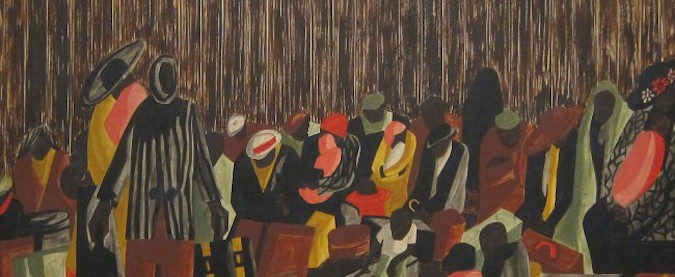The Harlem Renaissance or the New Negro Movement birthed a time of liberation for African Americans that were emerging out of an era of slavery and racial injustice of the south. A movement where the barriers of stereotypes against Black Americans were broken to allow them some of the same liberties that were previously allocated solely for white Americans, with this time of growth and reinvention, Black Americans began to create their own identity that was free of racial stereotypes. Harlem provided a fitting background for a historic movement in a country that was lamenting over the loss of the system of slavery that white Americans had benefited from. Although an era of political, cultural and social reform, the New Negro Movement also reaffirmed Victorian bourgeois ideals about gender and sexuality onto the African American women; restrictions that were challenged by the work of writers such as Nella Larson and Zora Neale Hurston.
At the end of 1917, over six million African American’s migrated from the rural South to the growing metropolis of New York City. Over the course of the new few years Harlem, New York City became home for thousands of African Americans creating a place where Black literary, artistic and culture was thriving. The culture identity of Harlem became known across the country as a hub of prolific growth.
Harlem had its own newspapers written by Black writers that were also involved in leadership movements. Writers such as W.E. DuBois, who was the editor for “The Crisis”. “The messenger”, Opportunity: A Journal of Negro Life and The Negro World are amongst some of the other publications that introduced literary works for the community during the Renaissance. As society flourished in Harlem, the identity of the New Negro was solidified through written work, art, and political leadership. The New Negro identity with Harlem at its core introduced Black folks to a country still reeling from the effects of a civil war and hundreds of years of slavery. And while the New Negro identity challenged the stereotype of what it meant to be African American in an attempt to be free of white ideals, it was not exempt of all white influence.



